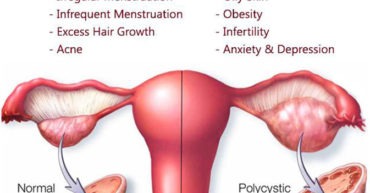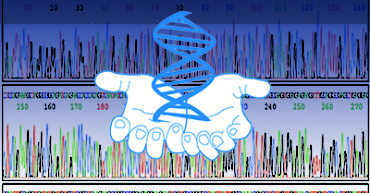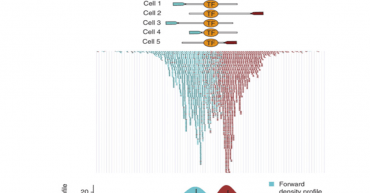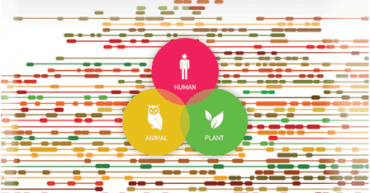Next Generation Sequencing
High-throughput sequencing (HTS) is a powerful discovery to screen for non-specific germ line variants, somatic mutations and structural variants, profile copy number variations in cancers [1], assemble genomes of microbial organisms [2][3], quantify gene expression [4], identify cell populations from single-cell transcriptomes in a variety of tissues [5], and track epigenetic changes in developing organisms […]
RNA sequencing (RNA-seq) is a genomic approach for the detection and quantitative analysis of messenger RNA molecules in a biological sample and is useful for studying cellular responses. scRNA-seq can describe RNA molecules in individual cells with high resolution and on a genomic scale. scRNA-seq is a relatively new technology first introduced by Tang et […]
A number of human genetic disorders cause chromosomal breakage, which is characterized by genome instability. Genome instability is associated with immune deficiency, a predisposition to develop cancer, and premature aging . Mutations in the BLM or RECQL3 gene located on chromosome 15 which encodes a DNA helicase in the RecQ family cause Bloom syndrome. The RecQ family is […]
Genome-wide examinations concerning cooperative interactions among genomic functions, e.g. DNA replication, isolation, translation, repair and rearrangement, are fundamental for methodically explaining every single biological activity on the genome. To this end, chromatin immunoprecipitation pursued by sequencing (ChIP-seq) examination was produced to comprehend the collaboration and cooperations that happen in a wide assortment of living beings […]
With the recent advancement in DNA sequencing technologies, researches have been fortified to high-throughput, cost-efficient sequencing of many more genomes that was ever previously possible. The most prominent area of genomic sequencing and assembly, known as de-novo genome assembly, now-a-days makes it even possible for researchers to individually sequence the genome of their choosing organisms. […]







